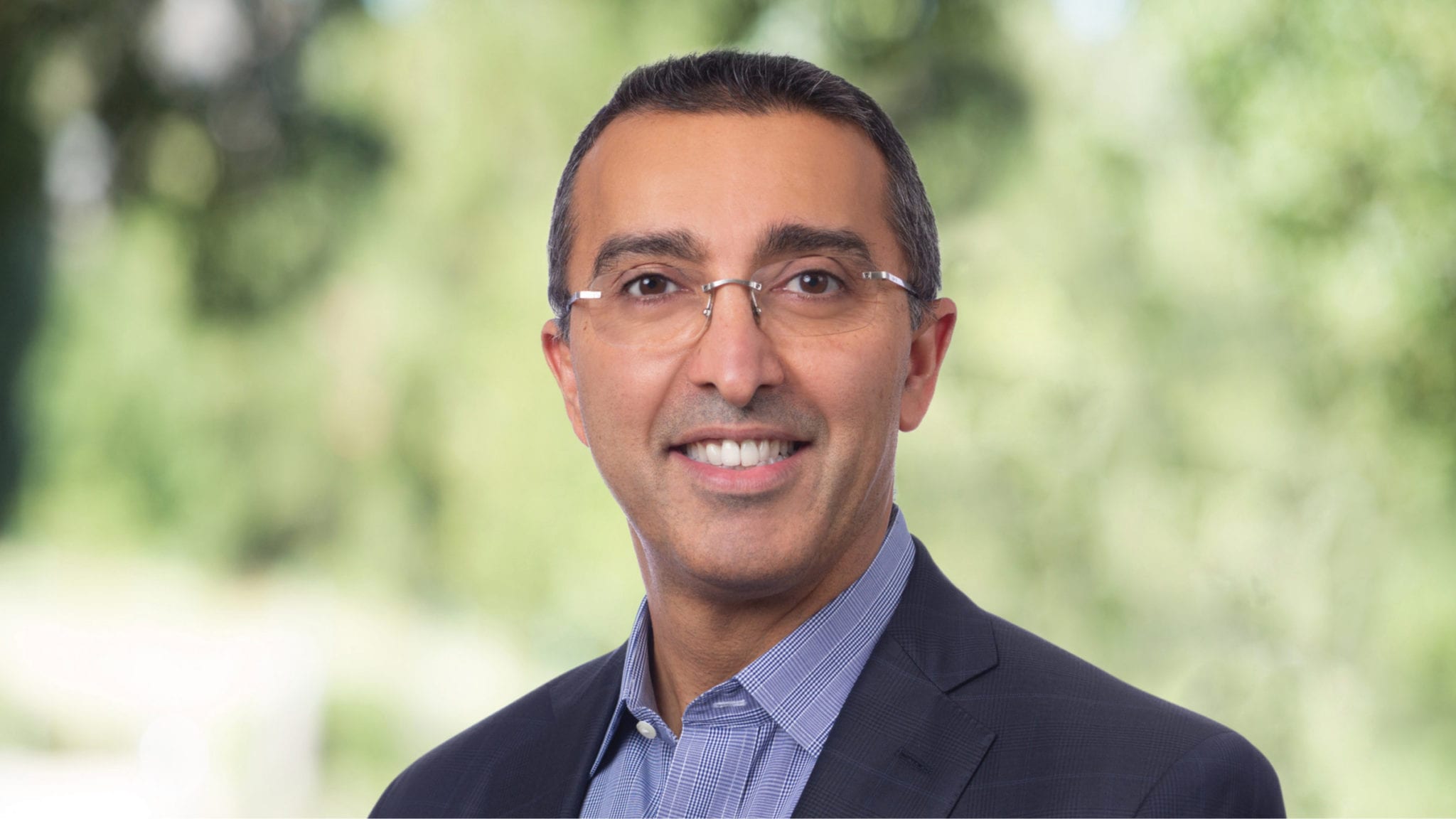
Seer raises another $55M and finally reveals proteomic tech — can it hold up?
Two years ago, Omid Farokhzad left his prominent nano-medicine lab at Boston’s Brigham and Women’s Hospital and moved across the country to found a startup off technology that, he said, could change the field of proteomics — and, with it, parts of medicine, agriculture and a range of fields.
Today, Farokhzad has finally revealed what that technology is. In a Nature Communications paper, he showed how his company, Seer, and their lead product, called the Proteograph, can use nanoparticles to analyze the protein compositions in a single blood sample, like a fishing net webbing the contents of a particular swath of sea. Or — to use the company’s preferred metaphor — like a sequencing machine reading out the base pairs on a particular strand of DNA.
Unlock this article instantly by becoming a free subscriber.
You’ll get access to free articles each month, plus you can customize what newsletters get delivered to your inbox each week, including breaking news.